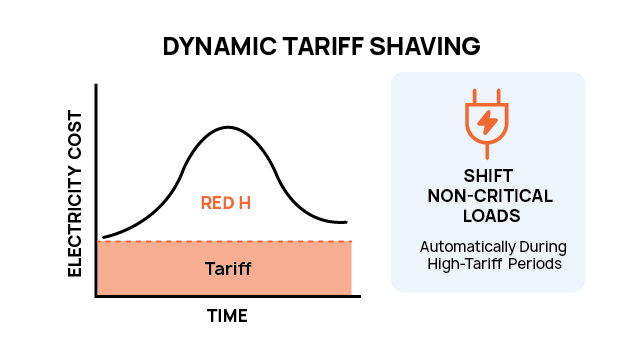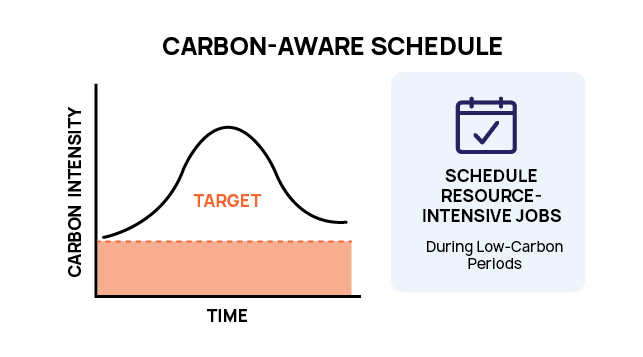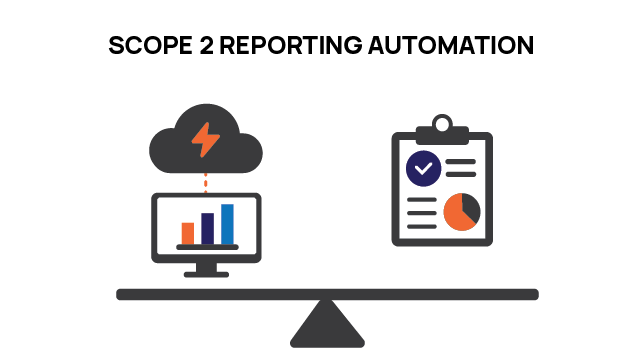


Srikanth Sharma
5 Minutes read
Closed-Loop Energy & Carbon Optimization for Manufacturing Lines
Manufacturers face a dual pressure: reduce operational costs while delivering on sustainability commitments. Energy costs are volatile, carbon regulations are tightening, and boardrooms are demanding ESG progress. Cloud and AI now offer a path to optimize energy use in real time—not just by monitoring, but by acting automatically. In this two-part series, we explore how Closed-Loop Energy & Carbon Optimization powered by AWS AI and IoT services is reshaping smart manufacturing.
Market Insights
Global manufacturing consumes 30% of total energy worldwide and is responsible for nearly a quarter of carbon emissions. With electricity tariffs rising and Scope 2 reporting becoming mandatory in many regions, manufacturers can no longer afford energy inefficiency. According to Gartner, companies that invest in AI-driven energy optimization will reduce operational energy costs by up to 15% within three years, while gaining compliance advantages. This is no longer optional—it is a competitive differentiator.
Key Trends

IoT-Enabled Real-Time Optimization
Manufacturers are increasingly deploying IoT sensors and edge/cloud systems to optimize energy use and reduce emissions. Multi-layer architectures combining sensors, edge processing, and cloud analytics have demonstrated reductions of ~18% in energy usage, ~22% in downtime, and ~15% in resource usage in simulated smart manufacturing environments.
Digital twins now model real-time systems—including HVAC and production lines—to predict energy-efficient operating conditions and boost sustainability.
Sustainability Pays More Than Cost Reduction
Almost 70% of CFOs now expect sustainability projects, especially those focused on closed-loop material and energy systems, to deliver higher ROI than conventional investments. In pilot programs, meaningful annual improvements—7–10% in energy use and carbon emissions—are being reported.
Circular, Closed-Loop Practices Are Becoming Norms
IoT-powered energy monitoring is fast shifting from ‘nice-to-have’ to mandatory tech to cut factory emissions. One case saw a 13% decrease in energy usage using such systems.
Beyond energy, circular systems—like material reuse and closed-loop recycling—are gaining ground in manufacturing to reduce waste and resource consumption.
AI-Powered, Adaptive Control Paradigms
The transition from static control to AI-linked adaptive loops—such as feedforward, cascade, and edge-enabled control—is reshaping smart factory operations. These systems enable sub-second adjustments that can result in up to ~30–50% energy efficiency gains.
Key Challenges
- Energy Volatility: Dynamic tariffs and fluctuating supply-demand conditions strain operating margins.
- Carbon Accountability: Companies face regulatory push for real-time Scope 2 reporting.
- Fragmented Systems: Legacy MES/PLC systems are not built for dynamic energy optimization.
- Data Overload: Massive streams of energy and production data require AI-driven interpretation.
- Action Latency: Even when insights exist, applying them quickly to machines remains difficult.
Let’s dive deeper into a few key use cases and explore how AI and Cloud integration into Closed-Loop Energy & Carbon Optimization for Manufacturing Lines, can effectively address them:
Use Cases
Dynamic Tariff Shaving
Dynamic tariff shaving lets manufacturers cut peak electricity costs by automatically shifting non-critical loads during high-tariff hours. Using AWS IoT SiteWise, Timestream, and Bedrock AI agents, plants can optimize energy use in real time without disrupting production—achieving 8–12% savings, audit-ready transparency, and better alignment with sustainability goals.

| The Challenge | Solution (AWS + AI) | Business Benefits |
| High energy bills due to tariff peaks | IoT SiteWise + Timestream + Bedrock + Greengrass optimize loads | 8–12% cost savings, seamless production, audit-ready records |
Carbon-Aware Scheduling
By aligning energy-intensive tasks with periods of high renewable energy availability, carbon-aware scheduling helps manufacturers reduce their carbon footprint. This practice uses AWS services like IoT SiteWise Edge, Amazon Timestream, and Amazon Bedrock to forecast ideal scheduling windows. The result is a 10–15% reduction in carbon emissions, helping companies meet sustainability goals and gain a competitive edge.

| The Challenge | Solution (AWS + AI) | Business Benefits |
| Production ignores carbon intensity windows | IoT SiteWise + Bedrock + Step Functions shift schedules | 6–10% emission reduction, compliance readiness, ESG advantage |
OEE–Energy Balance
OEE–Energy Balance combines traditional OEE metrics (availability, performance, quality) with real-time energy data from AWS IoT SiteWise to measure both efficiency and sustainability. By revealing hidden inefficiencies—like idle energy use or wasteful rework—AI-driven analytics help optimize throughput while lowering energy per unit. This shifts KPIs from pure productivity to a balanced model of profitability, carbon reduction, and resilience.

| The Challenge | Solution (AWS + AI) | Business Benefits |
| Machines consume more energy without adding output | IoT SiteWise + Bedrock + Greengrass rebalance throughput-energy | 5–8% savings, no loss in output, improved OEE + ESG metrics |
Scope 2 Reporting Automation
Scope 2 Reporting Automation uses IoT sensors and AWS services like SiteWise, Timestream, Glue, and QuickSight to automatically track energy use, apply emission factors, and generate compliance-ready reports. With AI agents and Lake Formation ensuring accuracy and auditability, manufacturers reduce manual effort, improve ESG positioning, and meet global disclosure standards in real time.

| The Challenge | Solution (AWS + AI) | Business Benefits |
| Manual, error-prone Scope 2 reporting | IoT SiteWise + Glue/Athena + Bedrock automation | Real-time, compliant, cost-efficient reporting |
Advantages of Closed-Loop Energy & Carbon Optimization using Cloud with AI
Here are some of the advantages of leveraging AI with Cloud integration into Closed-Loop Energy & Carbon Optimization for Manufacturing Lines:
- End-to-End Automation: Moving from energy dashboards to self-optimizing loops.
- AI-driven decisioning: Bedrock LLM agents act as the reasoning engine, evaluating energy intensity, production schedules, and dynamic tariffs to recommend or execute adjustments.
- On-prem + Cloud balance: SiteWise Edge ensures low-latency data capture and control at the plant, while the cloud provides scale for analytics and AI orchestration.
Value delivered in terms of
- Cost Savings: Optimize usage during peak energy tariff windows.
- Sustainability Impact: Real-time CO₂e calculation per unit produced.
- Resilience: Balance production load vs. on-site renewable availability.
- Compliance Automation: Tie directly to reporting frameworks (GHG Protocol, ISO 50001).
Looking Forward
As global regulations tighten and energy volatility grows, the next frontier for manufacturers lies in fully autonomous, cloud-enabled sustainability operations. The integration of AI and cloud will evolve beyond today’s optimization pilots into self-learning, plant-wide digital twins that continuously adapt production schedules, energy loads, and carbon strategies in real time.
With AWS driving innovations in generative AI, edge intelligence, and scalable industrial automation, manufacturers can expect closed-loop energy and carbon optimization to become not just a compliance measure but a strategic lever for profitability, resilience, and market differentiation. Those who invest early in AI + cloud-driven sustainability will lead in efficiency, win greener supply chain partnerships, and future-proof their operations in a decarbonizing world.
Related Insights


Why Rate Limiting Is the Unsung Hero of Modern Web Application Security



AIOps Powered by Agentic AI: The Blueprint for Autonomous Healthcare IT

